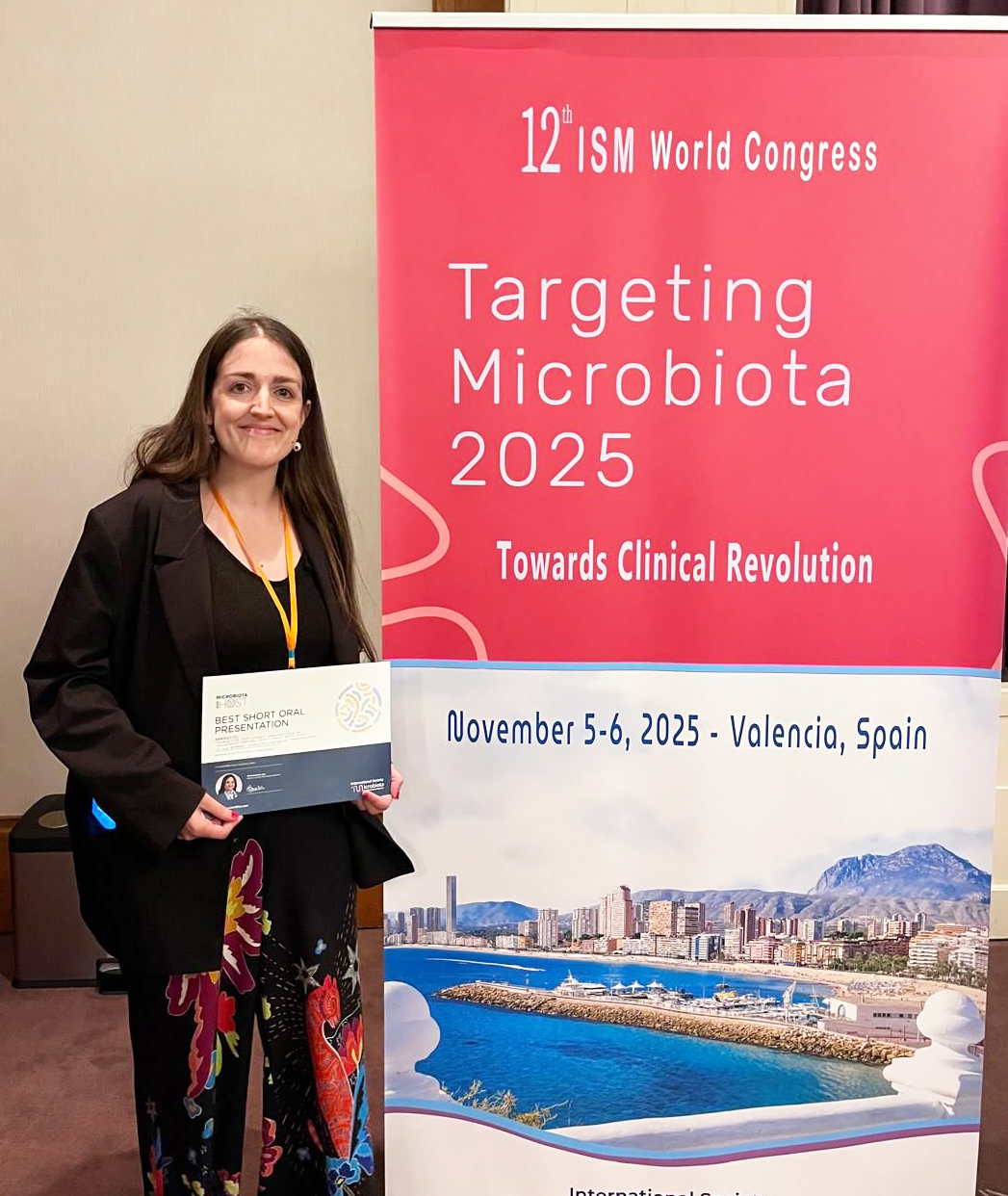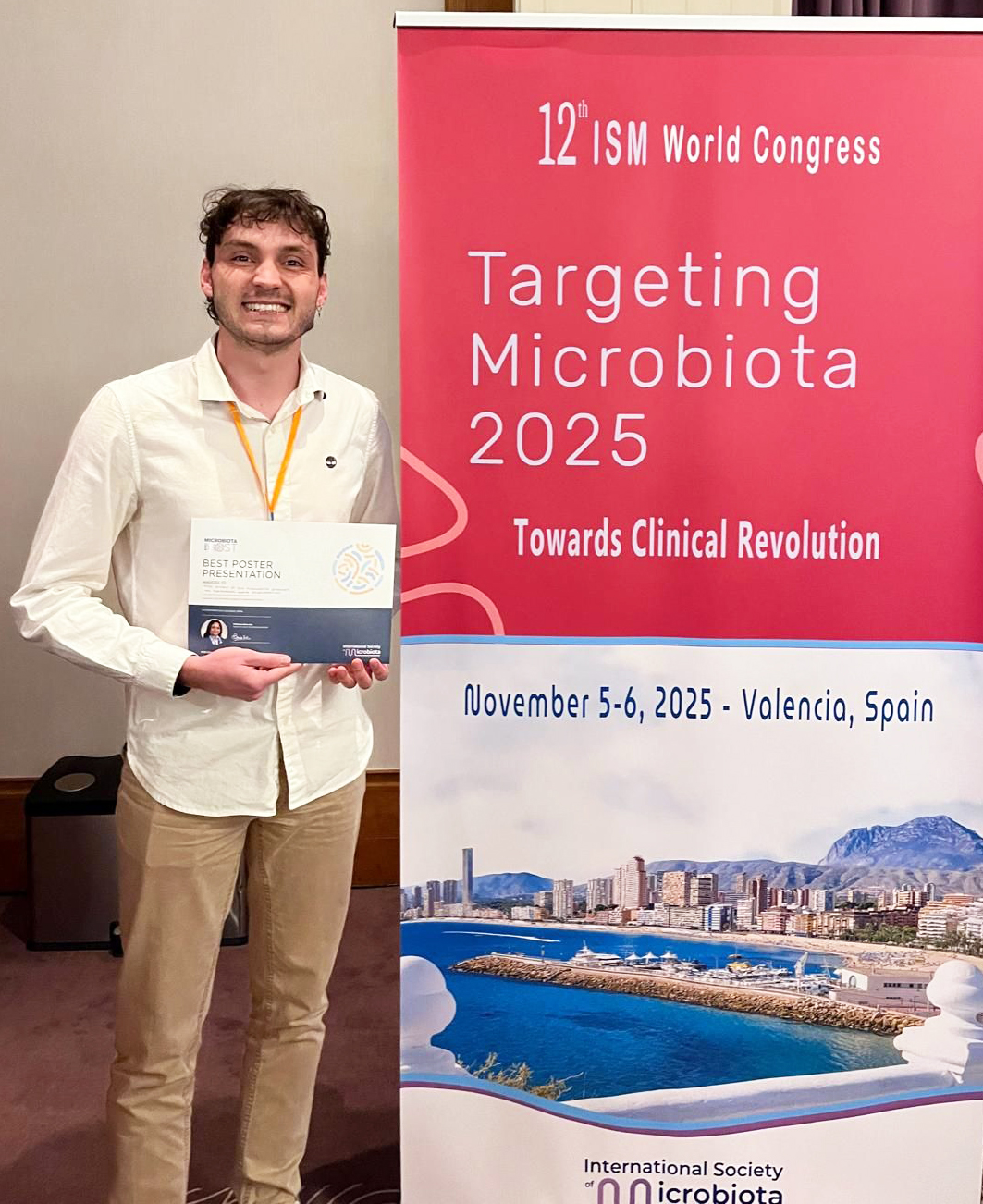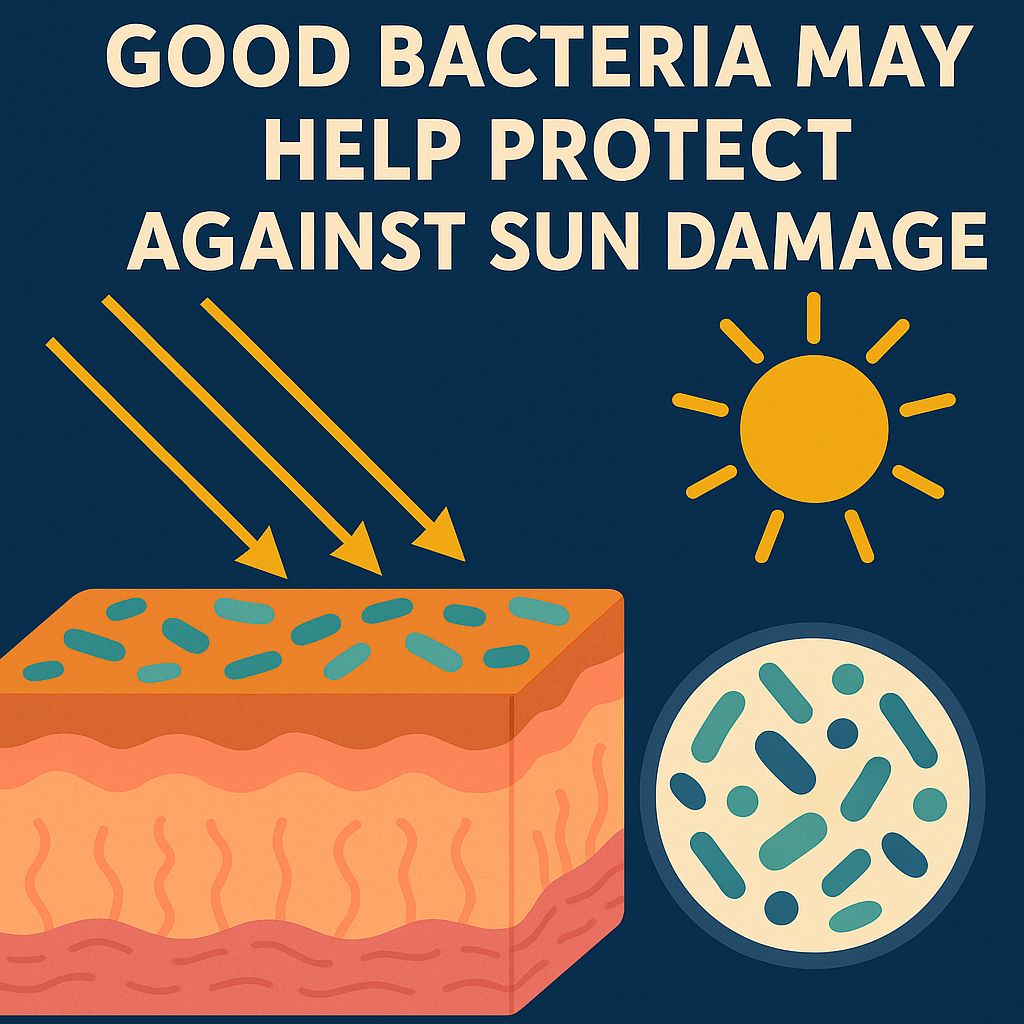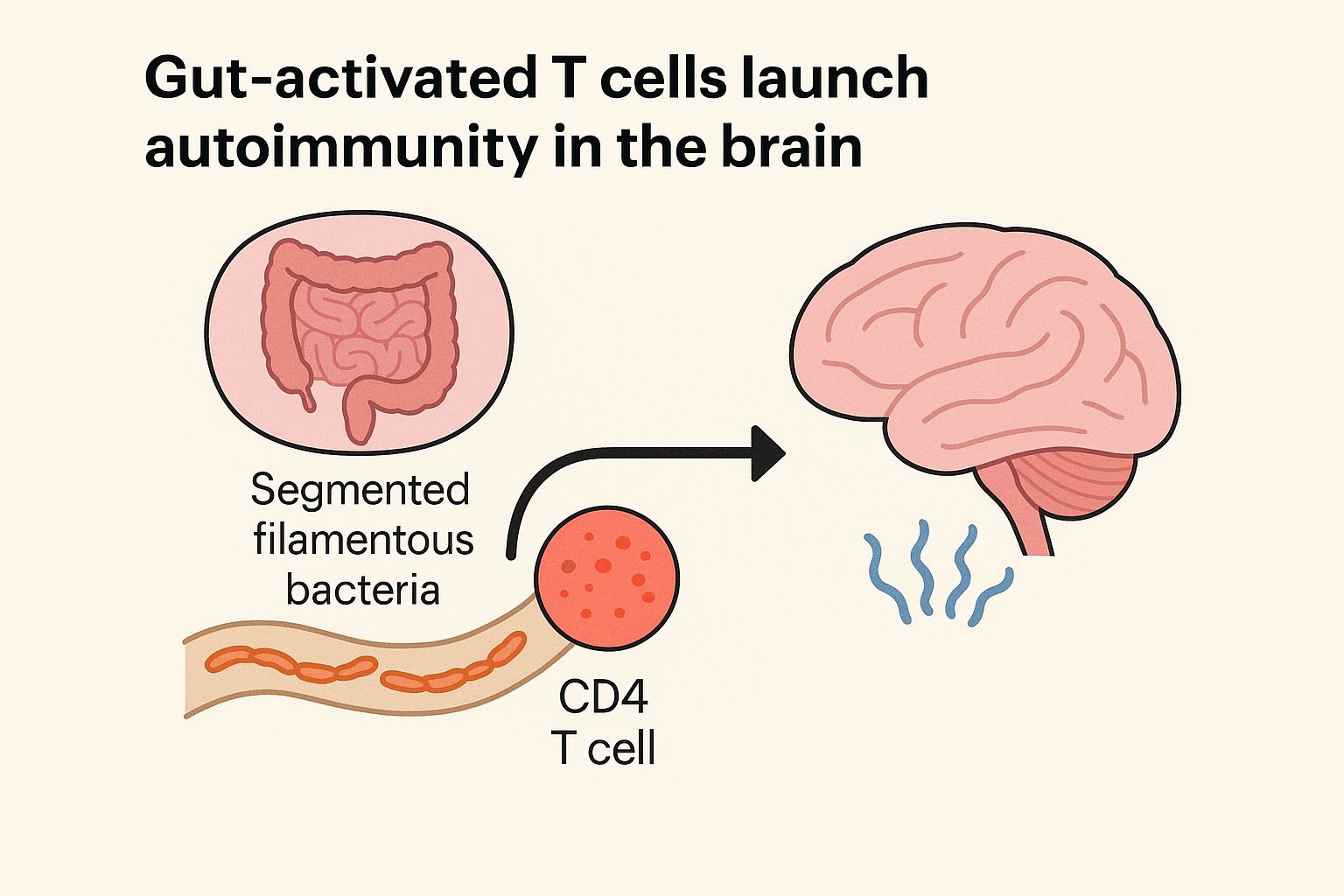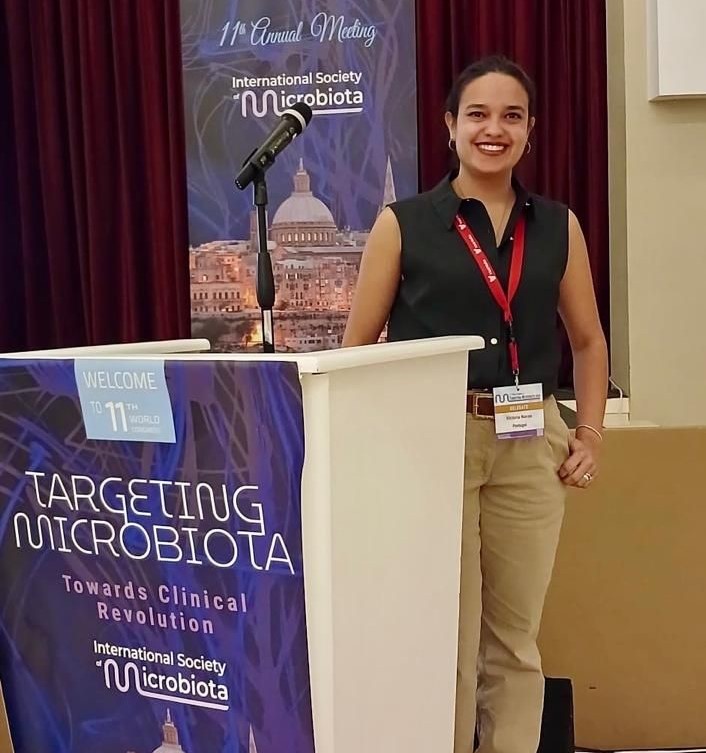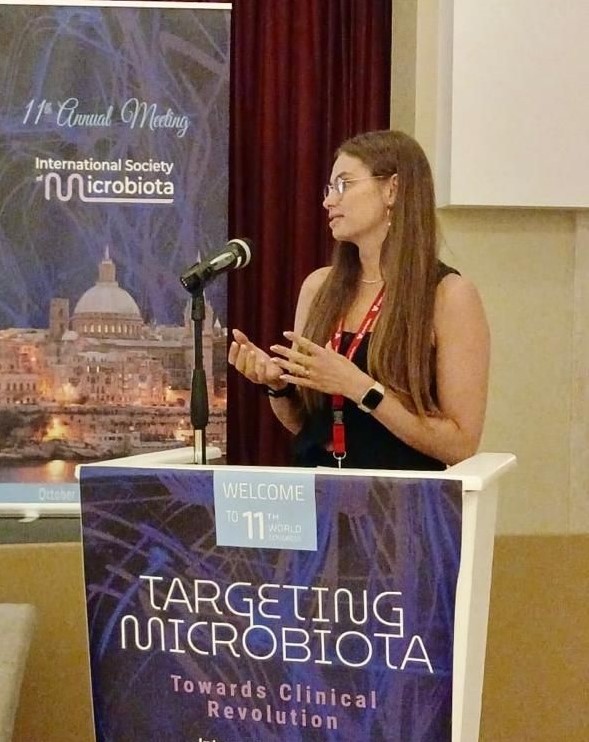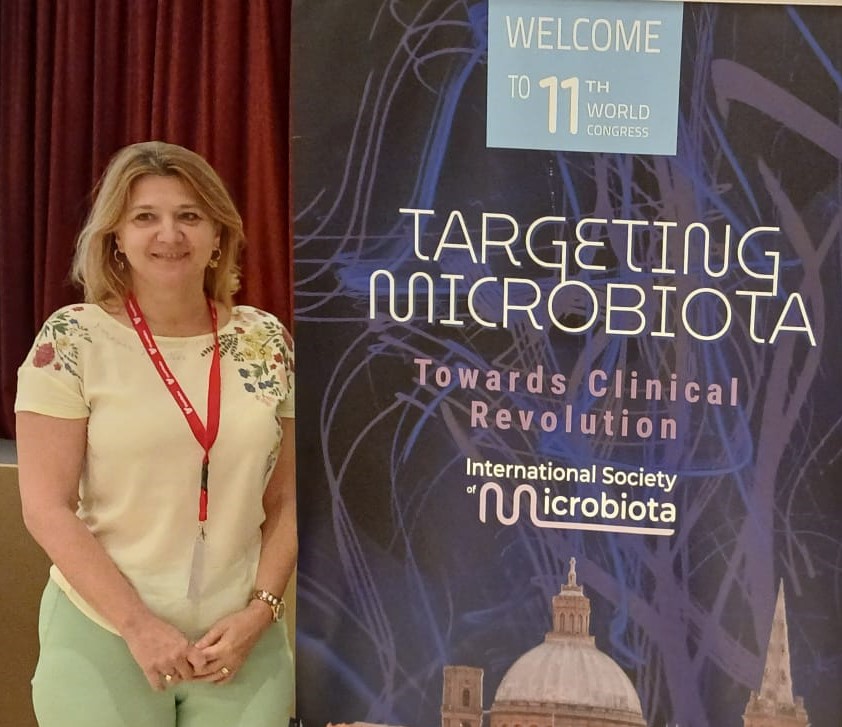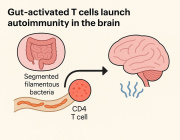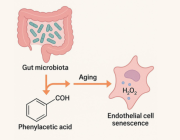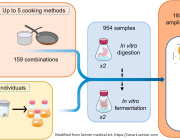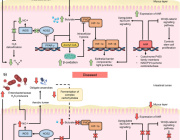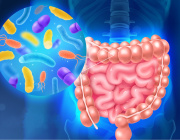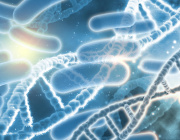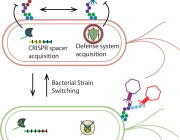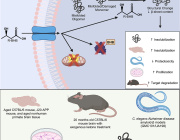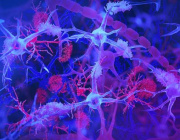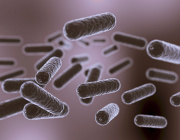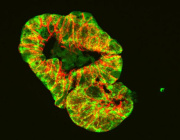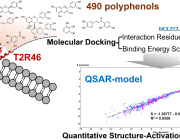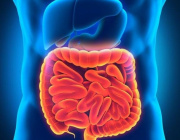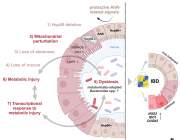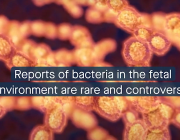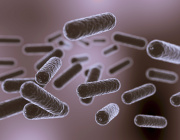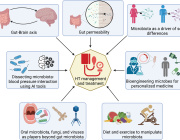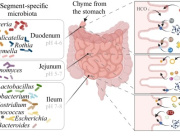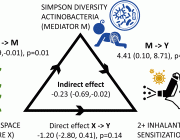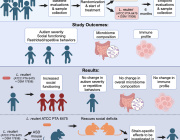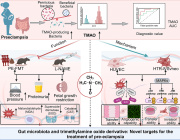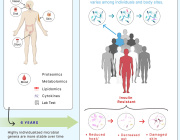Gut Bacteria Can Produce Electricity

Researchers have discovered that bacteria that are part of the human gut microbiome have the ability to produce electricity, using techniques that differ from known electrogenic bacteria.
Scientists from the University of California Berkeley have found that Listeria monocytogenes and hundreds of other bacterial species produce electricity, a discovery that could yield living batteries from microbes.
“The fact that so many bugs that interact with humans, either as pathogens or in probiotics or in our microbiota or involved in fermentation of human products, are electrogenic—that had been missed before,” Dan Portnoy, a UC Berkeley professor of molecular and cell biology and of plant and microbial biology, said in a statement. “It could tell us a lot about how these bacteria infect us or help us have a healthy gut.”
Bacteria generates electricity to remove electrons produced during metabolism and support energy production. While animals and plants transfer their electrons to oxygen inside the mitochondria of every cell, bacteria must find another electron acceptor in environments with no oxygen, like the human gut, alcohol and cheese fermentation vats and acidic mines. In geologic environments, that has often been a mineral —- iron or manganese, for example —- outside the cell. In some sense, these bacteria "breathe" iron or manganese.
Transferring electrons out of the cell to a mineral requires a cascade of special chemical reactions called an extracellular electron transfer chain that will carry the electrons as a small electrical current. Some researchers have used the chain to develop a battery by sticking an electrode in a flask of the bacteria to generate electricity.
However, the new extracellular electron transfer system is only used by bacteria when necessary, including when oxygen levels are low and has only been found in bacteria with a single cell wall that live in an environment with lots of flavin.
“It seems that the cell structure of these bacteria and the vitamin-rich ecological niche that they occupy makes it significantly easier and more cost effective to transfer electrons out of the cell,” first author Sam Light, a postdoctoral fellow, said in a statement. “Thus, we think that the conventionally studied mineral-respiring bacteria are using extracellular electron transfer because it is crucial for survival, whereas these newly identified bacteria are using it because it is ‘easy’.”
The researchers then explored the interactions between living microbes and inorganic materials for possible applications in carbon capture and sequestration and bio-solar energy generation. Biogenetic technologies could produce electricity from bacteria in waste treatment plants.
They used an electrode to measure the electric current that streams from the bacteria—up to 500 microamps—to confirm that the bacteria is electrogenic.
News source: https://www.rdmag.com
Authors: Samuel H. Light, Lin Su, Rafael Rivera-Lugo, Jose A. Cornejo, Alexander Louie, Anthony T. Iavarone, Caroline M. Ajo-Franklin & Daniel A. Portnoy Nature (2018)














